If you are wondering how to grow bananas at home or at a community plot, in-ground or in pots, here a guide to help you get started.
In this blog post, I will discuss the basics of banana cultivation and provide tips for beginners who want to start growing their own bananas.
First, some fun trivia about bananas!
Did you know there are more than 1000 banana varieties in the world? This includes edible and ornamental plants which come in different shapes and sizes and in colours other than yellow.
For instance, there is Musa ornata ‘Royal Purple‘, an ornamental variety, or the edible Blue Java banana, also known as ice cream banana or Musa acuminata × balbisiana.
One popular variety that is an absolute showstopper is the variegated banana Musa × paradisiaca ‘Ae Ae’ (below). It’s young fruit features green and white stripes, and matures into yellow and white stripes when ready for consumption.
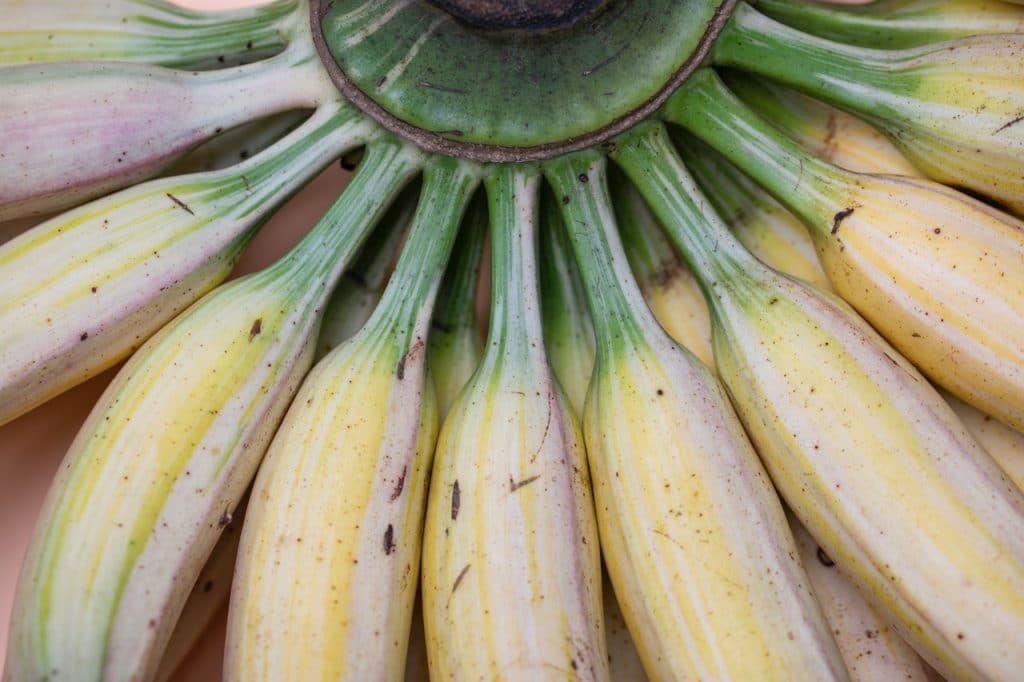
Another beautiful banana to grow is the Musa ‘Thousand Fingers’ which, as you may have guessed, has up to a thousand fruits.
All banana plants have only one peduncle of bananas with the exception of Musa ‘Double Mahoi’, a dwarf Cavendish type which has two heads of fruit.
There have been sightings of banana plants with more than two banana flowers, but it is considered a rare event.
Although it resembles the form of a tree, did you know banana plants are not true trees? Nor is it a palm. Instead, it is classified as a herbaceous plant as it does not have woody tissue.
Bananas in Southeast Asia
In Southeast Asia, where bananas are said to have been domesticated around 7000 years ago, we are spoilt for choice.
While the Cavendish is an internationally renown variety originally cultivated in England to much commercial success, many Southeast Asians favour local varieties like Pisang Raja Udang (which is red), Pisang Raja, Pisang Emas, Pisang Lemak Manis and many others. These can be prepared in different ways, such as deep fried, simmered in coconut milk or even curry.
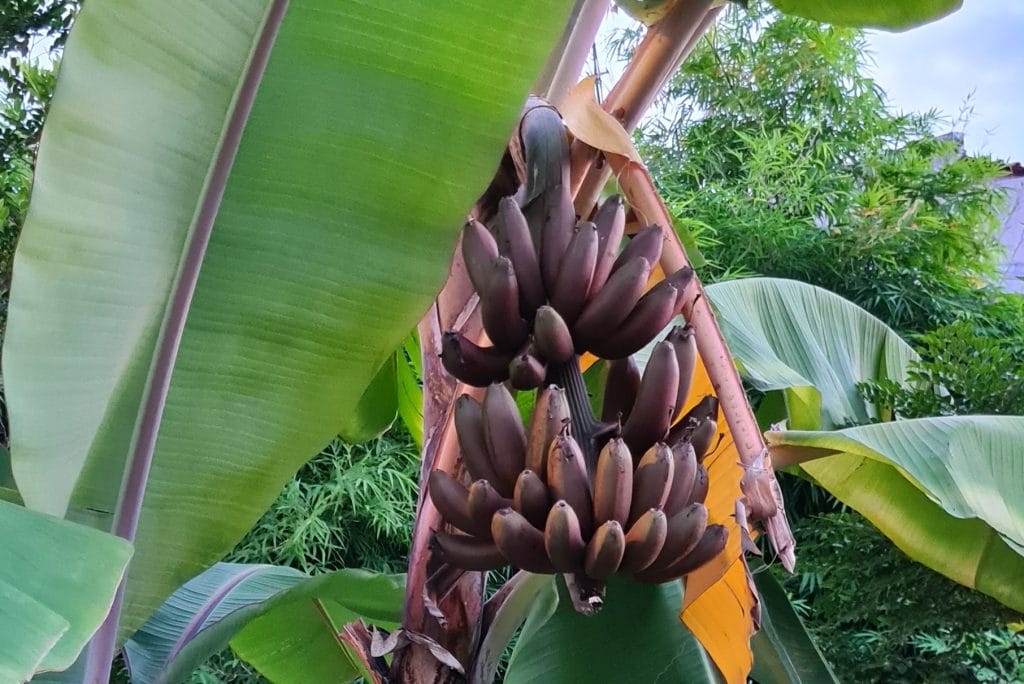
Read on to find out how to grow bananas!
How to grow bananas: An easy guide for beginners
If you’re thinking about growing bananas, you’re likely to have quite a few questions about the process and where to start. What type of soil do they need? How much water do they require? What are the stages of banana growth? And so on.
In this guide section, I’ll show you how to grow bananas via answering some of these popular questions.
1. Can you grow a banana tree from a store bought banana? Do bananas have seeds?
These are among the two most common questions that people have about growing bananas.
In short, you can’t grow a banana plant from a store bought banana. That’s because commercially available banana plants are propagated from suckers or tissue culture, not seeds. This is because it has been cultivated for centuries and no longer has the ability to produce seeds. It is the wild variety of bananas that are still grown from seed, and its fruit contains hard seeds.
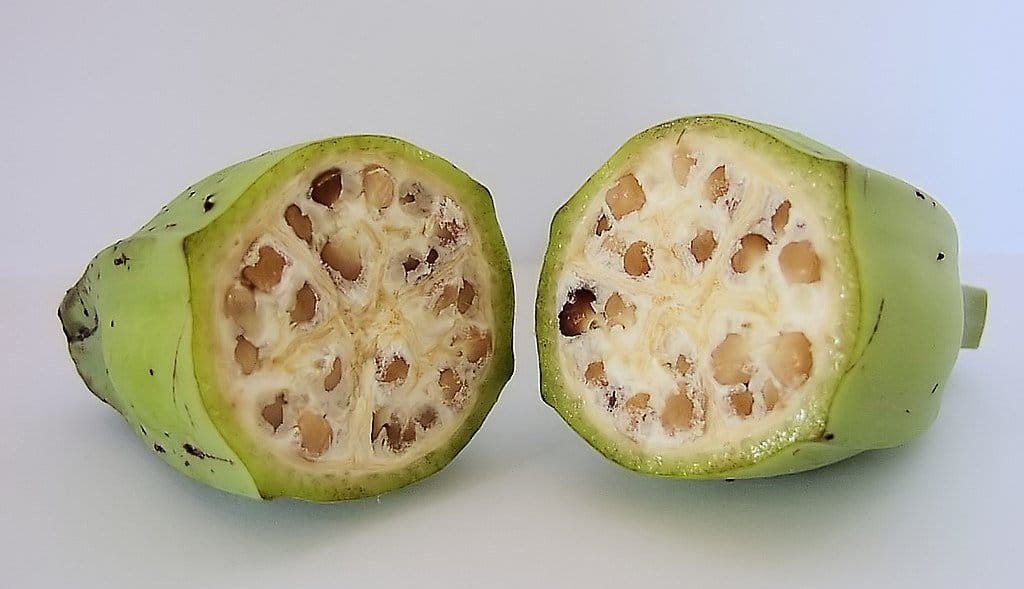
Wild varieties are also less disease-prone that the commercially grown varieties like the Cavendish, because it is more genetically diverse. The cavendish is genetically identical and sterile due to its cultivation methods.
2. How long does it take to grow bananas?
Banana plants can take around 9 months to flower and produce bananas in a tropical climate. For cooler climates, it can take up to 18 months to flower and 3 months or more before bananas are ready for harvest.
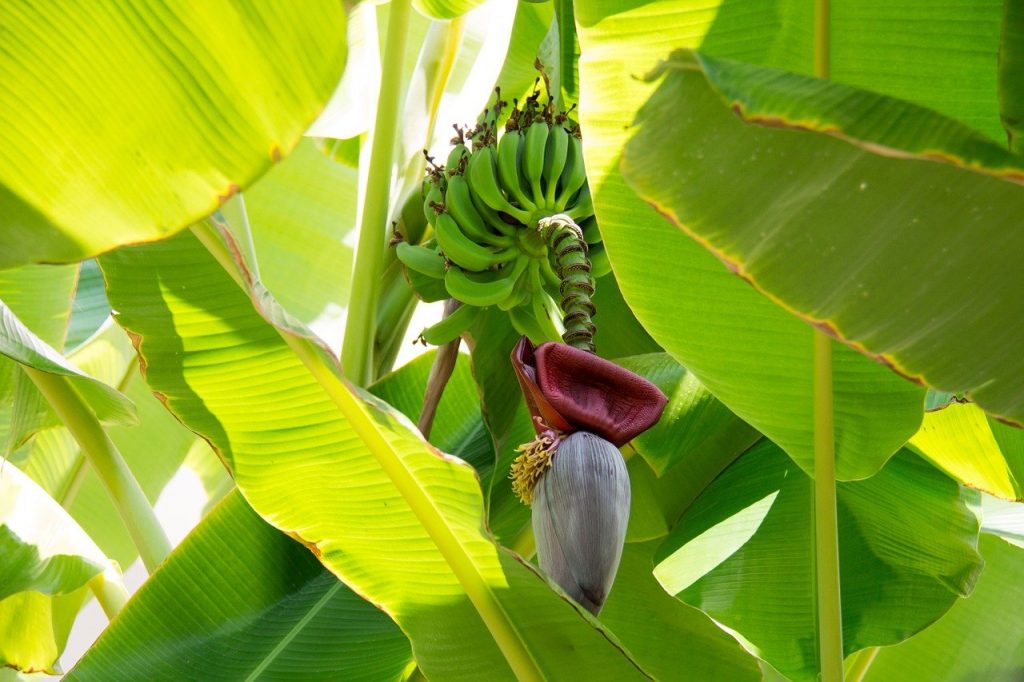
In my own experience in tropical Singapore, it took 7.5 months after transplanting into the ground before my banana plants flowered.
From the point of flowering, it took one month for the banana hands to form. I subsequently cut off the flower bell so that the plant could focus on growing big bananas instead of the flower stalk.
It took approximately 6 weeks before my bananas showed signs of ripening. My family and I harvested the comb of bananas to continue the ripening process indoors before wild animals got to it. It only took one week before the bananas were fully ripened.
3. What are the stages of banana growth?
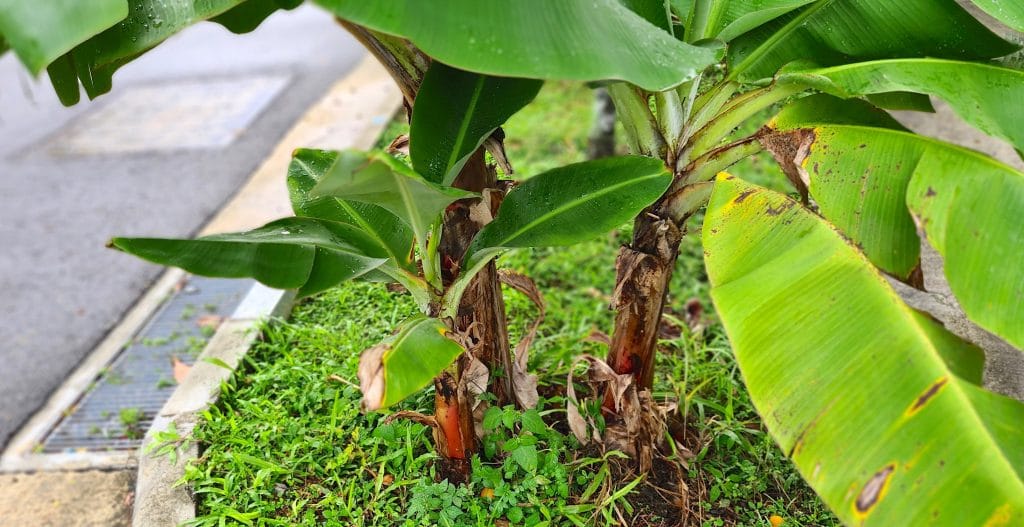
When you transplant a young plant pup (otherwise known as a sucker) into the ground or into a pot, it can take 6-18 months to get from the vegetative stage to the flowering stage, and then approximately 2 months or more for ripening.
Of course, this guideline is dependent on your climate as well as the variety of banana being grown.
During this time, you will notice it getting taller, with more suckers emerging from the side. These come in the form of sword or water suckers, and they will provide your next generation of banana crops.
The young sword sucker has narrow leaves, while the water sucker has broad leaves.
Here, it is good for you to distinguish one from the other because the sword has a bigger root system and makes for a better follower or ratoon. This does not mean that the water sucker will produce a smaller crop for certain. However, it will take a significantly longer amount of time to fruit, which is why sword suckers are preferred.
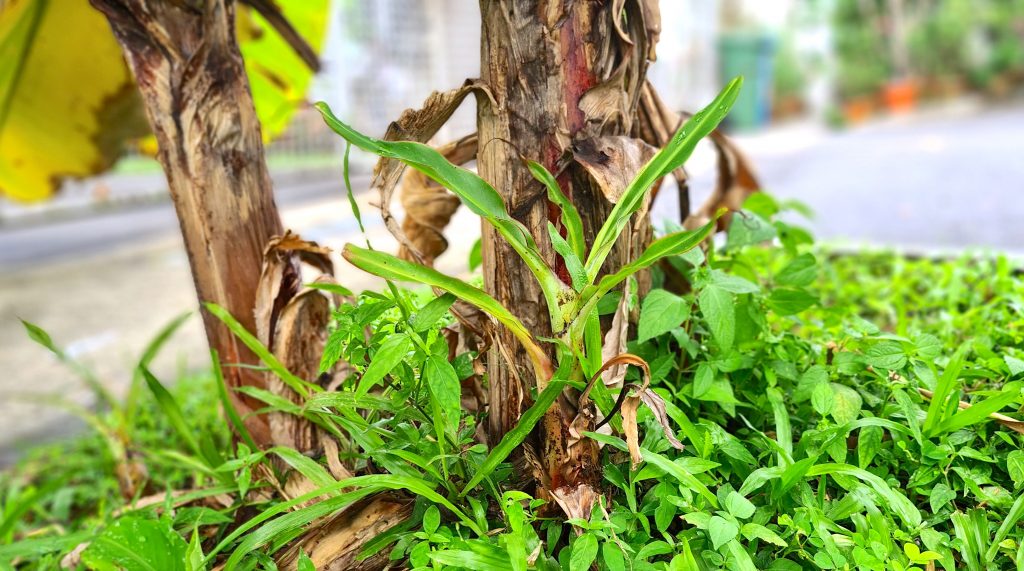
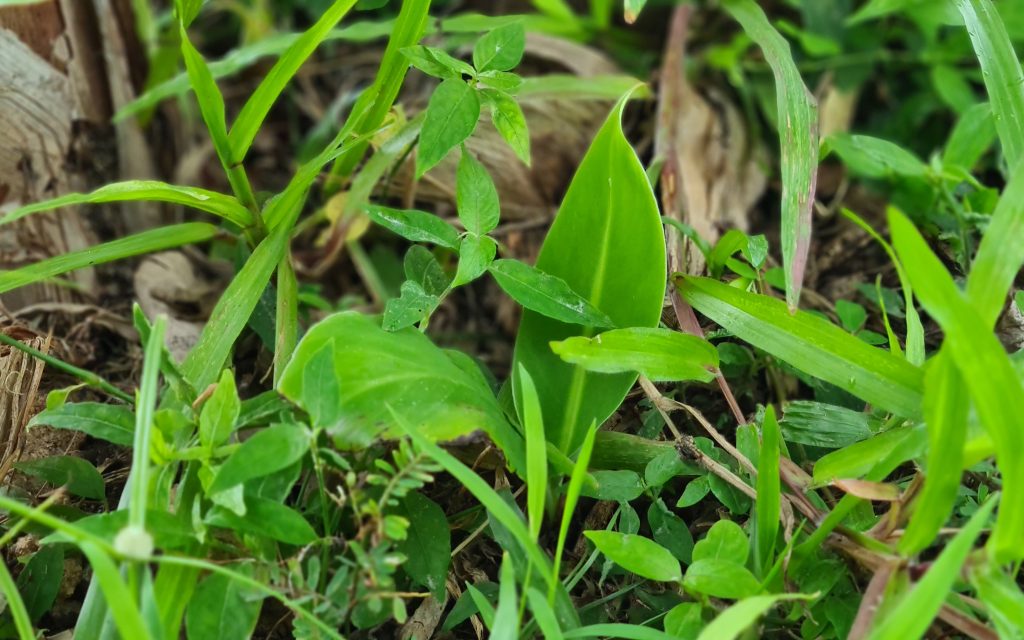
Some growers recommend removing the suckers until the first bunch appears. Other growers suggest removing all and keeping no more than two suckers so the leader plant, or mother plant, can direct its energy to producing fruit instead of leaves. However, you should not remove any suckers when the leader is flowering.
Once the last hand of bananas have formed, you can cut off the flower, also known as a bell or blossom.
Doing this enables the plant to focus on developing fruit instead of growing a longer flower stalk. At this point, you may also wish to bag your fruit to protect it from insects and animals getting to it.
As the comb of bananas develop, it can become very heavy and you may wish to offer support if it looks like the plant is starting to lean.
For example, as my neighbour’s bananas ripened, it was heavier than the plant could bear and fell over. To avoid this from occurring, you can consider staking your plant. Below is a photo of my friends’ banana plant, which is propped up using a stake.
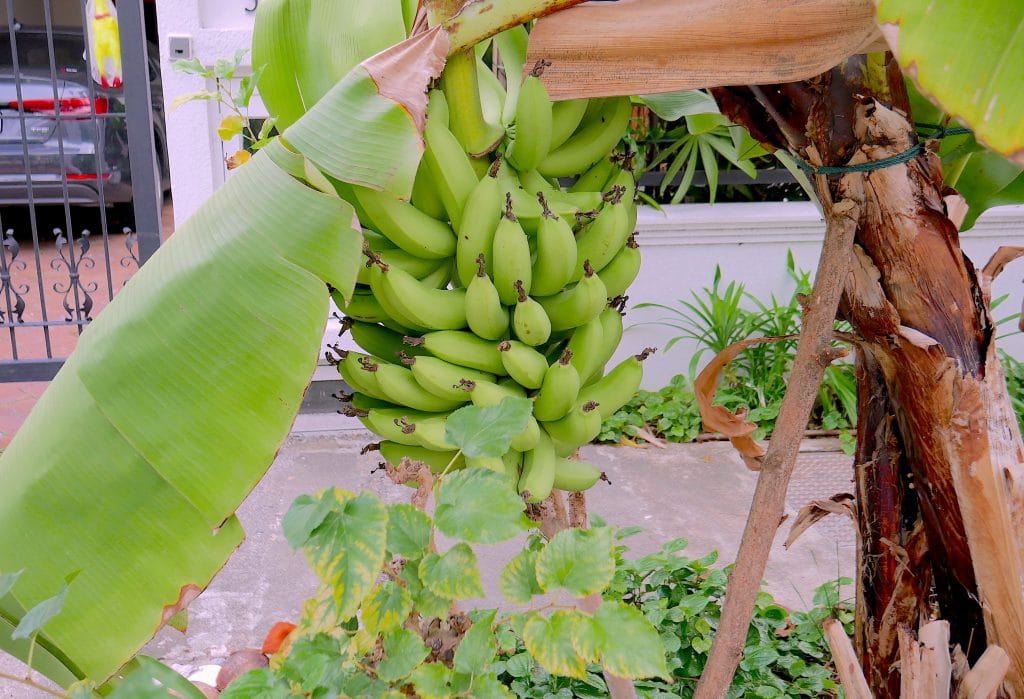
Another neighbour of mine avoided a similar plant-falling fate by propping their bananas atop a recycling bin as support.
4. When’s the best time to harvest your bananas?
Once your bananas begin to lighten in colour, it is in the process of ripening. When the bananas are rounded at the ends and the brown flower tips come off with light rubbing, it’s ready to harvest.
For myself, as soon as I noticed slight yellowing from the lowest bunch of bananas, my family and I decided it was a good time to harvest. Although the bananas (below) look pretty green, they are a much lighter shade of green than in previous months.
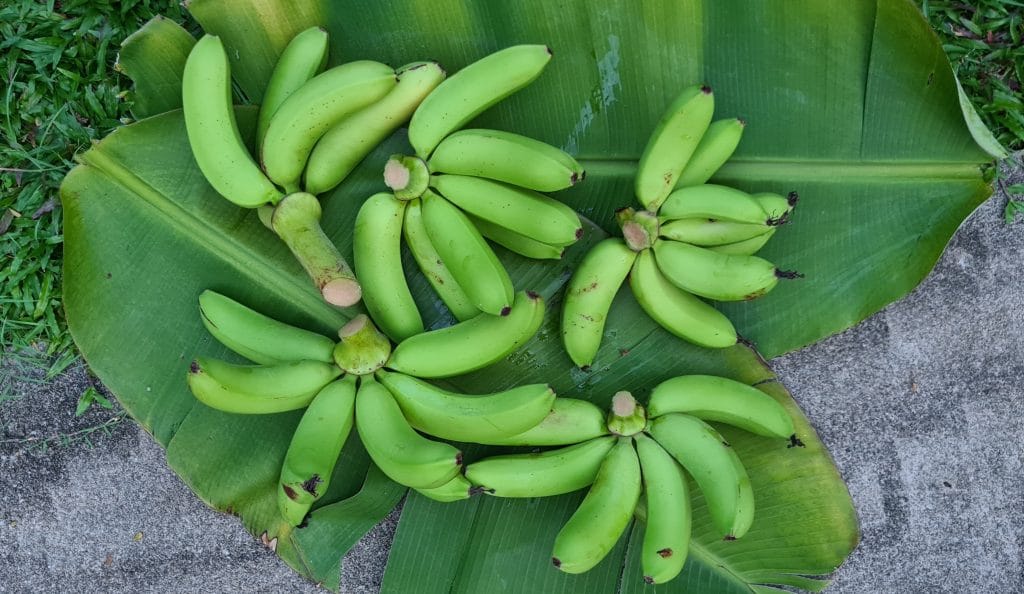
5. How do you harvest bananas?
When you wish to harvest your bananas, you can cut off one or more hands at a time and leave the rest on the plant so you don’t end up with a glut of bananas. Alternatively, you can just harvest the entire comb of bananas at one go.
To harvest, you can use a simple handsaw or kitchen knife. You don’t need a big knife to cut into the stem as long as it is sharp. I once saw someone use a small fruit knife to harvest. He said that even a pen knife would do.
Cut it at least 30 cm above the comb of bananas if you are planning to hang the entire comb up to ripen. While harvesting, be careful of the sap from the banana plant as it can stain clothing.
After you are done harvesting, cut the trunk as close to the ground as possible to avoid attracting banana stem weevils.
You can also repurpose the spent banana plant by turning it into cordage, an edible treat and/or chicken feed. Scroll to the end of this post to find out how you can use various banana plant parts.
Now that you know the process of growing and harvesting bananas, let’s talk about the ideal conditions to grow your bananas well.
6. What is the best soil for bananas?
What’s the best soil for growing bananas?
Banana plants thrive in well-draining clay soil that is well-watered and well-fertilised. Loamy soil is fine also. However, clay soil holds on to nutrients better. Banana plants also like plenty of sun, water, and require high potassium fertiliser if you are looking for a heavy crop.
7. How much fertiliser, water, and sunlight do banana plants need?
So how much fertiliser do banana plants need?
A gardening scoop full of chicken manure per stem each month is recommended for mature plants. Halve that amount if your plant is a dwarf variety, such as dwarf Cavendish, or if you’re growing indoors.
If you live in a subtropical or temperate climate where autumn and winters can get very cold, you do not need to fertilise your banana plants during this time. If you are not able to bring them into the home, make sure to protect your plants adequately. The Royal Horticultural Society has a wonderful guide on how you can do this.
Other than Nitrogen, Phosphorus and Potassium, banana plants also require calcium, magnesium and sulphur. You can apply dolomite lime for calcium and magnesium (which is alkaline) and in the following month, you can add iron phosphate (which is acidic) to the soil to make it more acidic. Banana plants prefer a soil pH of 4.8 – 5.5.
Your banana plant loves water and should be planted in a location that receives lots of water. However, you’ll have to ensure that there is well draining soil or the plant may start to experience root rot.
If you notice the soil around the base of the banana plant is dry, take this as a sign to water your plant. Keep your plant well-watered and ideally grow a cover crop or mulch around the base to restrict water loss.
An average of 60L a week seems to be a good approximation of water required to feed mature banana plants that are grown in-ground. However, again, this amount also depends on how hot and dry your climate is. If you live in a country which is humid and rains a lot, you will not need to water your banana plants as much.
Your banana plants also love a good amount of sunlight. Give them at least 4 hours of sunlight a day if you wish to keep your plants happy. Their preferred temperature is 27°C. Plant development stops at 16°C while 0°C is considered lethal for them as they are not frost-tolerant.
8. How do you grow banana plants in pots?
When growing bananas plants in pots, prepare a large, deep pot that can accommodate the plant comfortably, factoring in room to grow. When preparing your soil mix, use loam based compost combined with grit to provide around 30% of drainage.
You’ll want to place your banana plant in a very sunny, warm, sheltered location which gets at least 4 hours of sun a day. If growing indoors, fertilise with half a garden scoop of high potassium fertiliser once a month.
9. How can banana trunks, leaves and flowers be reused?
Banana leaves are commonly used as food plates in Southeast Asia as they are antibacterial, and it can also used to steam, bake or grill fish and other kinds of food.
The stem is also edible can be chopped up and eaten in a salad or used as chicken fodder. Alternatively, you can use it as a garden border or even chop it into smaller bits to use as mulch. The banana flower is also edible and can be turned into a salad.
In addition, did you know you can turn banana leaves and sheaths into cordage and baskets? To find out more, you can check out this post by Craft School Oz.
Or you can just chop all the parts into smaller pieces and compost it.
Do you know other tips on how to grow bananas? Let me know in the comments section!
I hope you’ve found this guide on how to grow bananas useful!
For more gardening updates, follow my Facebook Page – The Tender Gardener, Instagram page @tendergardener, and subscribe to my YouTube channel! See you there!
Main image taken from Pixabay. All images are mine unless otherwise stated.
Excellent resources I used to write this post on how to grow bananas: Gardening Australia (lots of great videos here), FAO, Maharashtra Prison Department, Department of Agriculture & Fisheries Queensland, Wikipedia, Royal Horticultural Society, US National Library of Biotechnology Information. ProMusa, The Conversation.

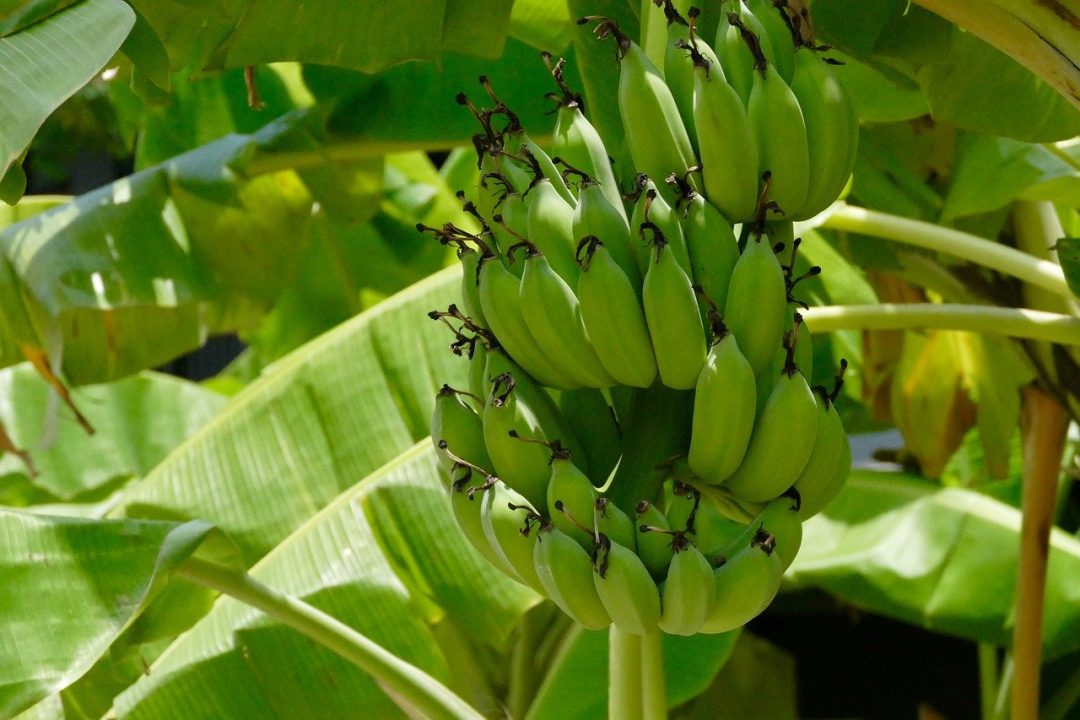
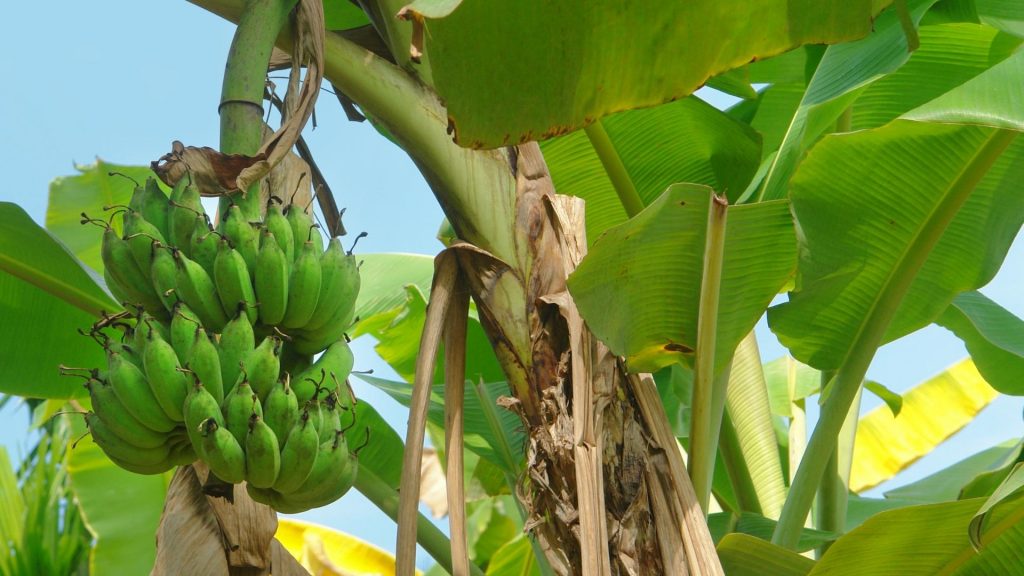
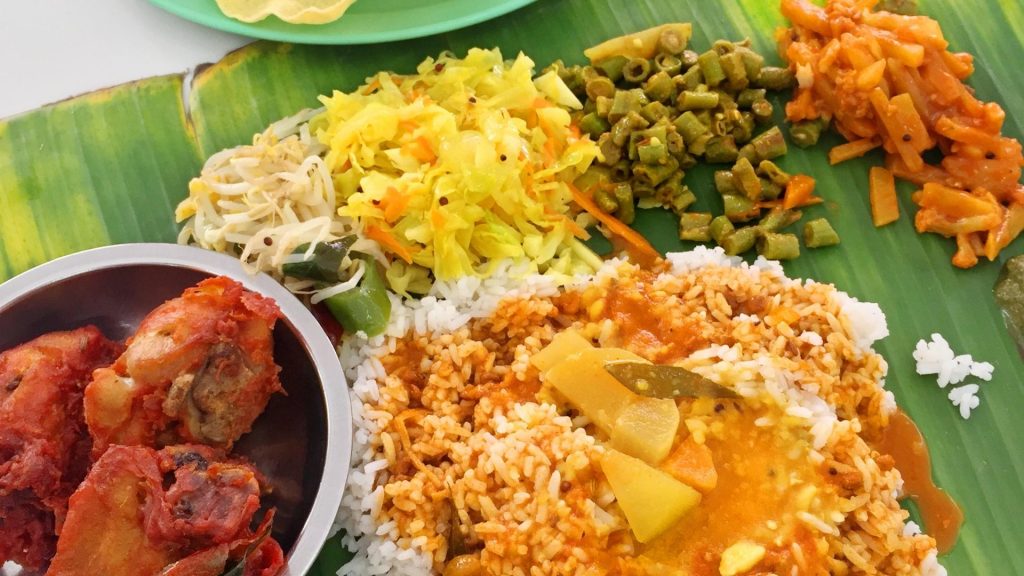
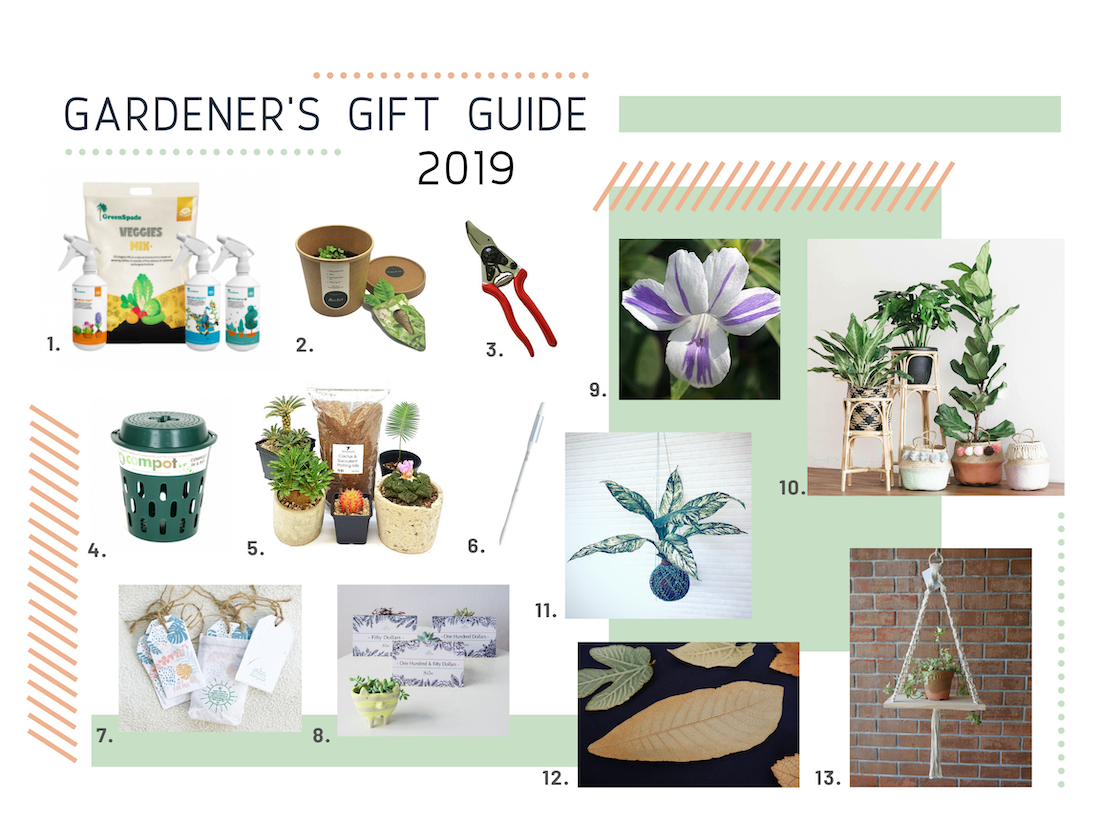
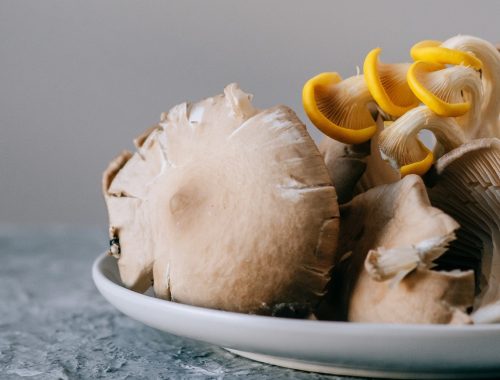
No Comments